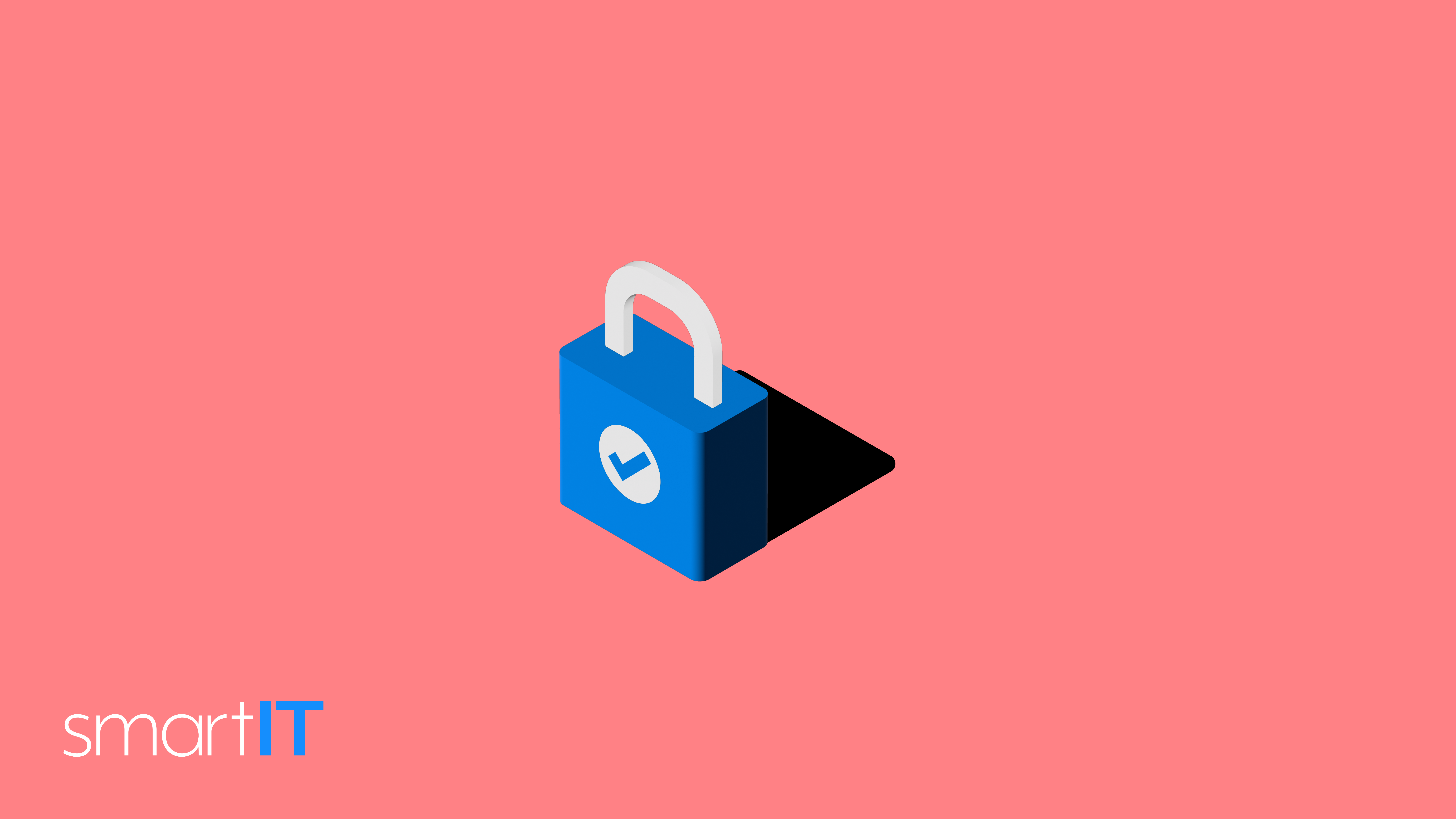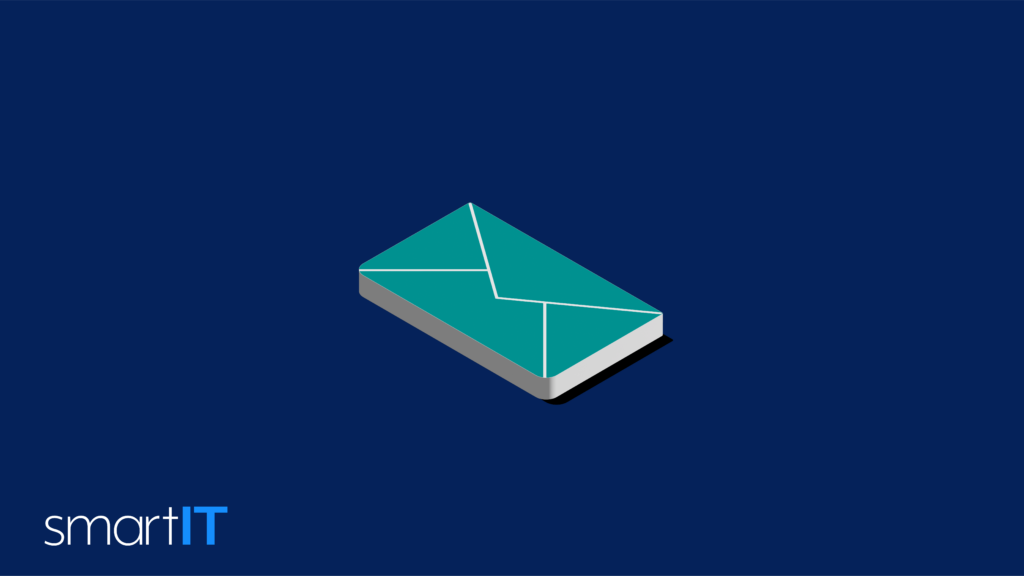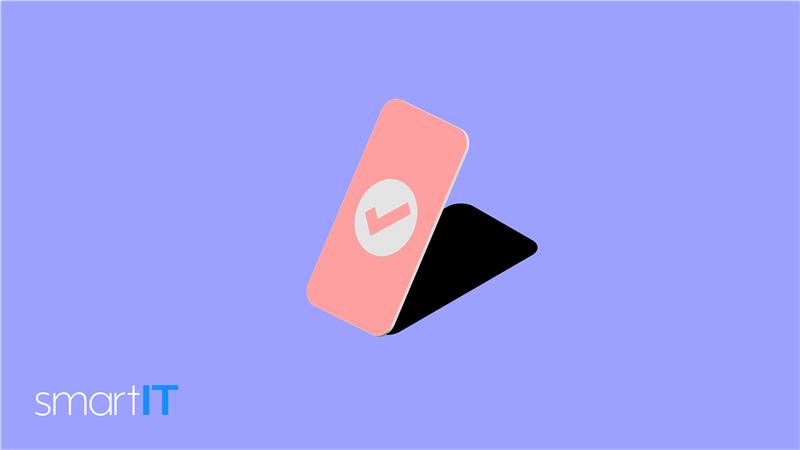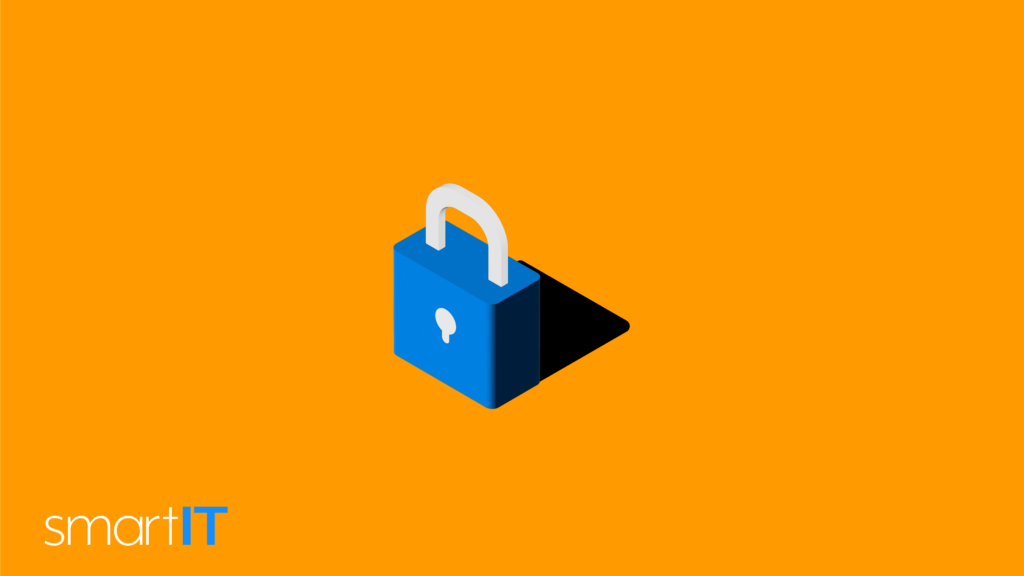
By Justin Hermann
Co-Founder and Technology Consultant at smartIT
Small and mid-sized businesses are rapidly adopting cloud-based SaaS platforms like Google Workspace and Microsoft 365 to boost productivity and reduce IT overhead. These platforms offer powerful tools and built-in security, but many business owners wrongly assume that their data and systems are fully protected out of the box. In reality, SaaS providers secure the platform, but you are responsible for securing your business’s data within it. Without the right configurations and safeguards, your business could still be exposed to data loss, account takeovers, or compliance risks. This post explains what cloud security responsibilities fall on SMBs, the risks of relying on default settings, and how to take control of your SaaS security and backups.
The Shared Responsibility Model
When you use a SaaS platform, security becomes a shared responsibility. The provider manages the underlying infrastructure, software, and uptime. But when it comes to user configurations, data access, and content stored within the platform, that responsibility is yours.
For example, Microsoft and Google will ensure their servers are patched and monitored. However, they will not set your access policies or enforce multi-factor authentication for your users. Those are your decisions to make, and they have a direct impact on your security posture.
Default Settings Are Not Enough
Out of the box, Google Workspace and Microsoft 365 include only the most basic security configurations. These settings may be acceptable for low-risk use cases, but they are rarely sufficient for businesses that handle sensitive or regulated data.
To protect your organization effectively, you need to:
-
Review and adjust default security settings
-
Implement conditional access policies
-
Enable data loss prevention (DLP) tools
-
Set up advanced auditing and alerting
-
Control sharing and external access
These features are available, but many require manual configuration or additional licensing. Without careful setup, gaps can remain that expose your organization to risk.
SaaS Does Not Mean Set and Forget
Another common misunderstanding involves backups. While SaaS providers maintain their own internal backups, these are designed for infrastructure recovery, not for restoring user-level data.
If an employee accidentally deletes a critical document, or if a cybercriminal wipes data during an account compromise, your ability to recover that information may be limited. Most SaaS platforms do not retain user-deleted data for long, and they are not obligated to restore it.
This means businesses must implement their own third-party backup solutions to ensure consistent protection of emails, files, and other critical data.
Cloud-First Still Requires Vigilance
Moving to the cloud brings many advantages, but it does not eliminate your need for security oversight. If anything, it increases your need to understand where provider responsibility ends and yours begins.
You must take charge of how your users access systems, how your data is protected, and how your environment is monitored and maintained. Without that effort, you risk leaving critical assets unprotected.
Final Thoughts
Cloud SaaS platforms are powerful, but they are not turnkey security solutions. Providers deliver the tools, but it is up to you to use them wisely. Understanding the boundaries of responsibility and taking proactive steps to secure your cloud environment is essential for protecting your business in a constantly evolving threat landscape.Take Control of Your SaaS Security
Do not wait until a breach or data loss forces your hand. If your business relies on Google Workspace or Microsoft 365, make sure your security and backup strategies are working for you—not against you.
Need help assessing your current setup? Our team specializes in helping small and mid-sized businesses configure, secure, and protect their cloud environments with confidence.
Contact us today to schedule a security review or learn more about our cloud protection services.




